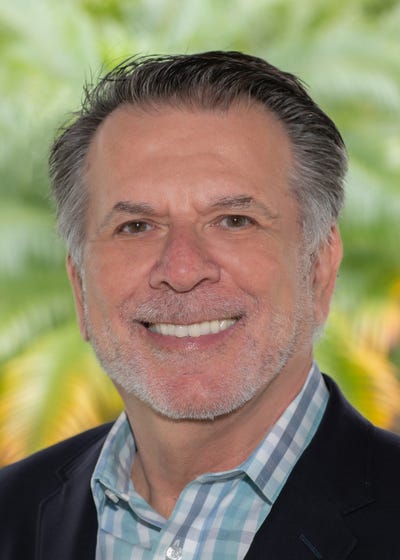The Great Resignation Is An Opportunity for RPAsThe Great Resignation Is An Opportunity for RPAs
As the balance of power shifts from employers to employees, plan advisors can use benefits to recruit and retain workers.

Why did over 40 million workers quit their jobs last year and why are some employers having such a hard time filling open positions?
Workers understand there has been a monumental power shift from employers to employees but most organizations still do not get or want to admit it. Why did this happen during the pandemic and how can retirement plan advisors help?
Employers gained ultimate power during the industrial revolution when expensive machinery and big factories were required with workers tied and beholden to the company, literally a “cog in the machine.” As we moved to a knowledge-based industry, power started to shift to workers who could walk out with the most important asset—their knowledge and relationships. Benefits, especially defined benefit plans, became an important tool to retain workers.
Power started shifting even more to employees in the information age courtesy of desktop computing forever changed by the advent of the internet and cloud-based systems where information can be accessed anytime from anywhere. But the norm was still to come to the office five days each week. Employers said people needed to come together to meet and collaborate—it was also a way to keep track of workers and retain a sense of power.
The pandemic hit almost overnight leaving organizations to scramble to figure out how to keep going with a 100% remote workforce. Those that pivoted quickly fared better realizing that much of what needed to be done could be accomplished remotely and actually more efficiently. People became more productive working from home quickly adapting to the world of Zoom meetings. Granted, something is lost with remote working but a lot can be gained.
Most workers liked the flexibility of working from home, which is even better now that their kids are going back to school. No more commuting, less cost on clothing, dry cleaners and eating out but mostly the freedom to work when and where they want. With COVID-19 as the catalyst, the remote workplace, or at least the hybrid one, seemed to happen overnight becoming the norm.
Now what?
Only 8% of companies in Manhattan currently require employees to come to work every day. There is no doubt that the benefit of coming to work daily is much less than the flexibility of the hybrid remote workplace. There is no going back.
All of which is emboldening workers to quit for better jobs or even enter the gig economy not just for more money but for more flexibility and more meaningful work.
We all understand why organizations moved from DB to defined contribution plans shifting liability to workers but DC plans actually encourage people to change jobs, not stay, which is why there is much more money in IRAs than 401(k) plans.
How can we change that dynamic?
There are a number of easy fixes but starting at a high level, benefits at work are cheaper than what someone can get on their own. A vast majority of workers cannot afford traditional financial planning and, with all due respect to robo advisors, asset allocation algorithms and infrequent access to a call center cannot replace a personal relationship with a financial advisor.
The most practical application of financial wellness is helping workers to select the right benefits offered at work for them given their current family and financial situation. Which in turn allows employers to redesign benefits based on those needs. To silo retirement plans is a huge mistake and missed opportunity. Younger workers do not relate to the term “retirement,” which may be 30 years off because they are saving for a stranger—their future self. Financial freedom is a goal everyone can relate to no matter what age.
Older workers need guidance on Social Security and turning their assets, which includes their account balance, into a paycheck that lasts the rest of their lives. Granted many have not saved enough, possibly requiring them to keep working in some capacity, but given the hybrid flexible workplace, that may not be so bad especially if they can do something they really like.
Other benefits to recruit and retain could include:
Help with roll-ins to consolidate disparate retirement accounts
Student loan debt repayment plans
HSAs with a match
Debt consolidation
Educational subsidies, industry training and apprenticeships
Unlimited vacation—it shows employers trust workers to get their work done and manage their time efficiently
Vesting the match which means employers can increase it as a percentage will not stay
Emergency savings to replace the need for loans
Subsidies to replace the need for hardship withdrawals
Childcare subsidies
Peer comparisons and champions
Diversity and inclusion programs to widen the pool of potential workers
Customized communications based on age and financial position that gets smarter through artificial intelligence
Ongoing surveys—short and sweet
I know that most RPAs will be overwhelmed, but it starts with realizing that their greatest value to plan sponsors is not evaluating mid-cap value funds or saving 5 bps on record keeping. The more sought after advisors will help clients to wake up to the new reality at work using benefits to recruit and retain workers.
The pandemic has revealed that power has shifted from employers to their employees, which is an historic and dramatic paradigm shift. It would be a shame to waste this crisis.
Fred Barstein is founder and CEO of TRAU, TPSU and 401kTV.
About the Author
You May Also Like







